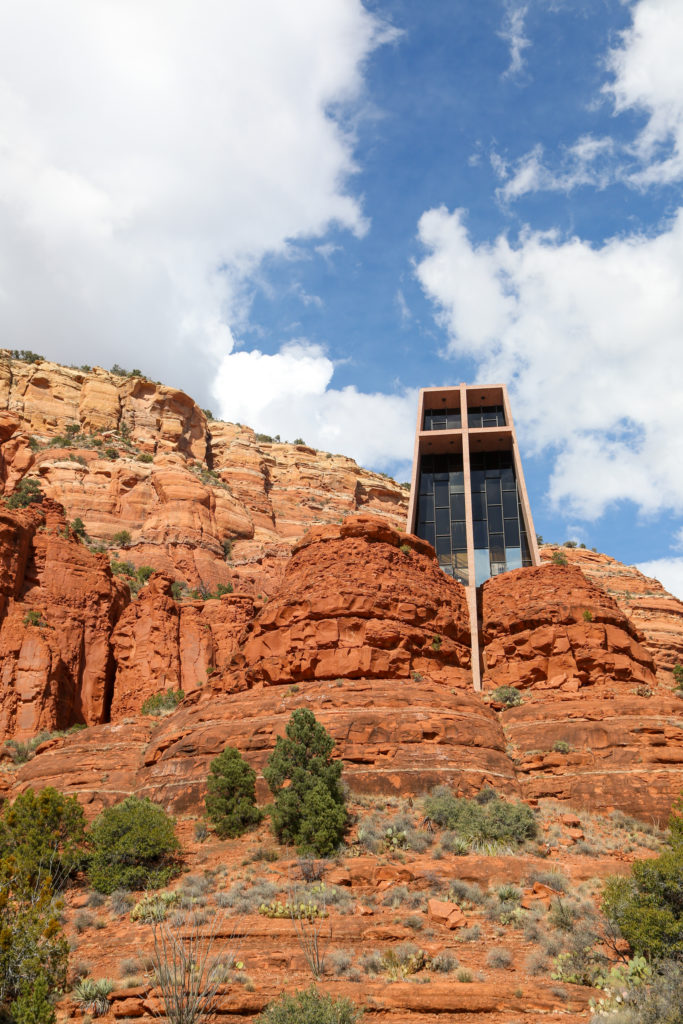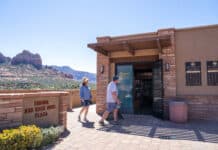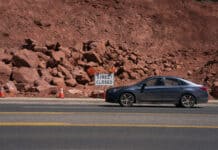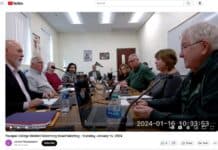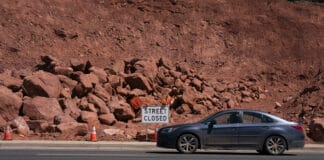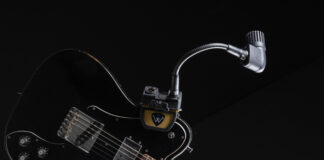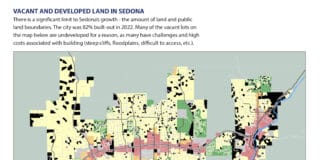Upon a visit to the Empire State Building in 1932, Marguerite Brunswig Staude’s imagination began to play tricks on her as the illusion of a cross appeared within the structure, right before her eyes.
A sculptor, philanthropist and Catholic, Staude’s visions of a cross within the Empire State Building started innocently. But, little may she have known that the vision she was formulating would become an artistic and architectural achievement that would define success in her life — the Chapel of the Holy Cross.
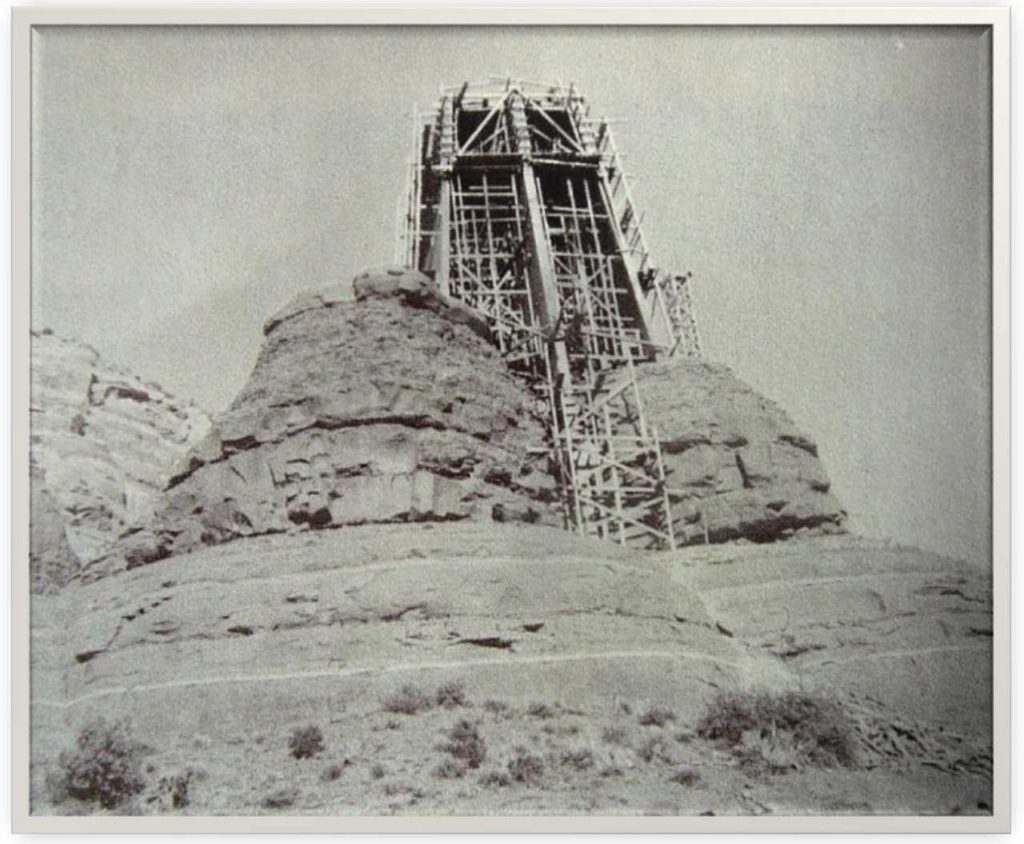
“In the ’30s when the Empire State Building had just been constructed, she saw it …. She saw this big cross on there and couldn’t get this vision out of her mind,” said Linda Goldenstein, owner of Goldenstein Gallery. “She went back to visit with her parents in California, and she told her father, ‘I want to build this chapel. Somewhere in the world I want to build this chapel.’ And he said, ‘We want to support you in that.’”
Goldenstein noted that Staude came from a wealthy upbringing as her father started Brunswick Pharmaceuticals, which allowed her to live a privileged life and create what would become the Chapel of the Holy Cross. But putting privilege aside, seeing her vision through was no walk in the park.
Staude held on to her vision tight, though she did not have a concrete idea on how and where exactly she would bring her vision to life. She scoped out potential sites to build her chapel throughout her life, but time after time no location provided the moment of awe she was looking for — until she visited Sedona.
“She went through her life, and at one point she was living here in Sedona and flew above the chapel [location] and saw that beautiful area and said, ‘Finally, this is the place,’” Goldenstein said.
Before she could begin building the chapel, Staude had to jump over one more hurdle. The land she intended to build on was owned by the U.S. Forest Service, and Staude had to gain its approval before a build could commence.
According to Goldenstein, Staude’s vision for the chapel resonated with Barry Goldwater, the U.S. senator representing Arizona during the time. Goldwater was able to convince the Forest Service to let Staude build her chapel.
In April 1955, more than 20 years after Staude first had her epiphany at the Empire State Building, the longanticipated groundbreaking for the chapel took place. The chapel took about 18 months to complete and cost $300,000. In the spring of 1957, the chapel was officially dedicated.
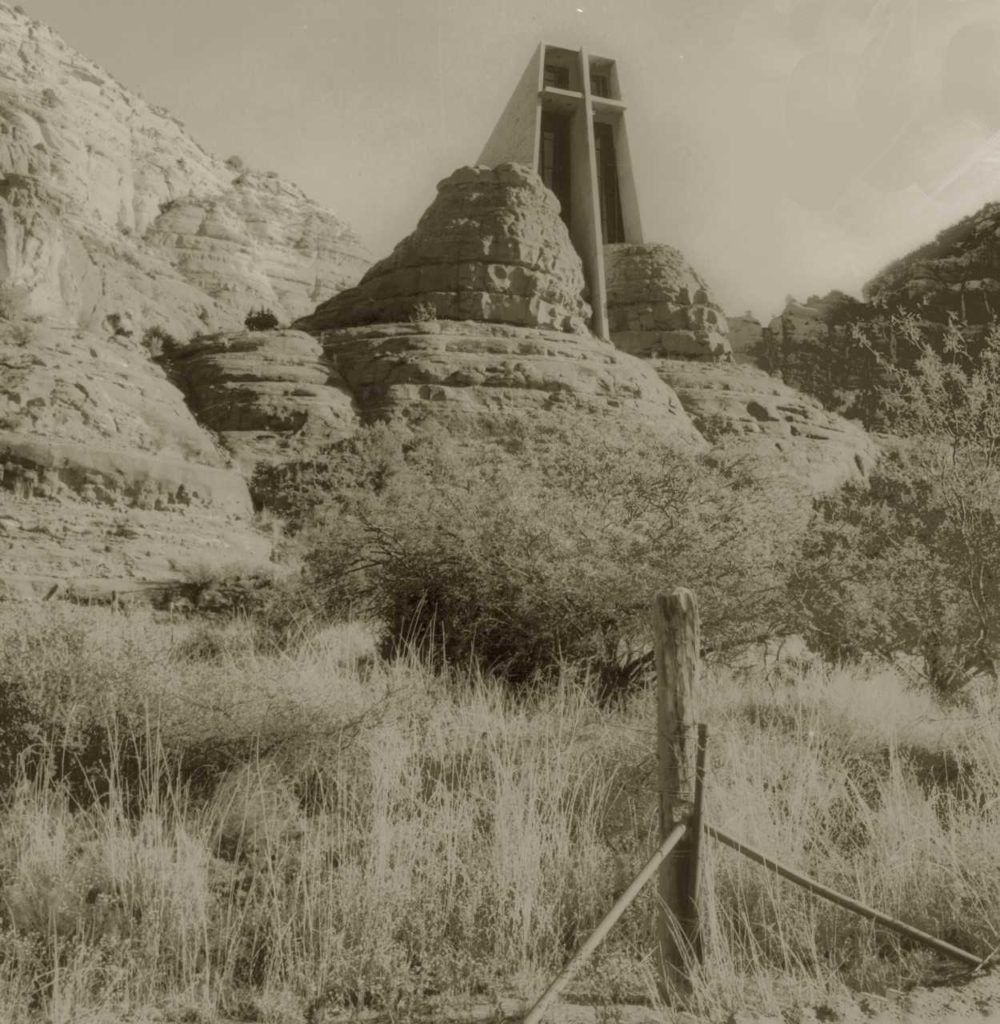
The finished product of the chapel appears almost natural as it grows out of the red rocks surrounding it.
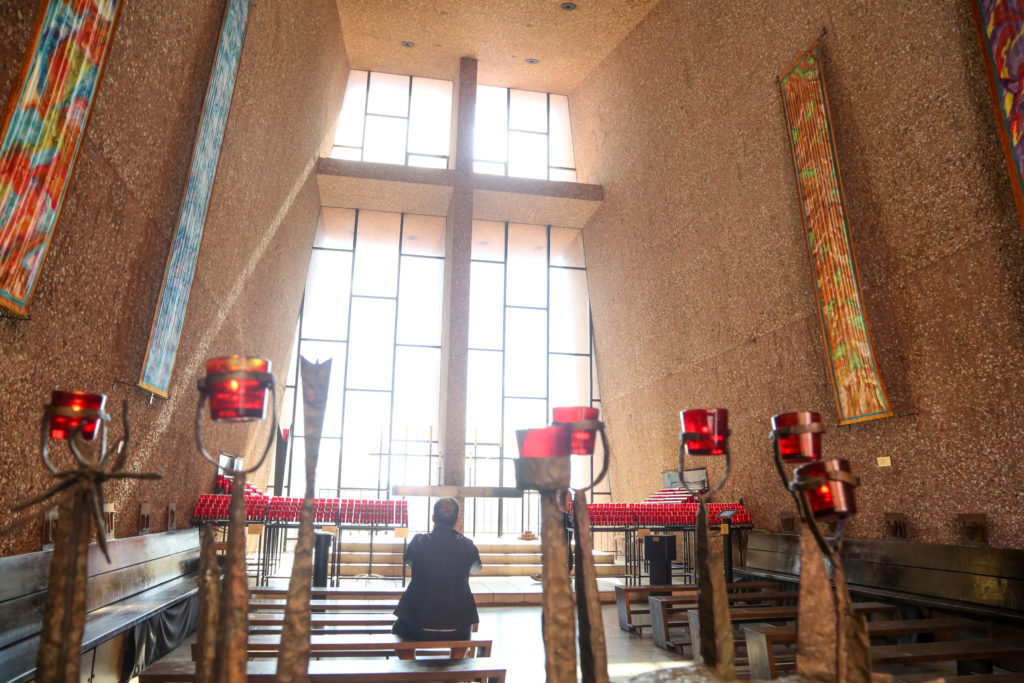
“The way it is designed and constructed, they actually had to blast away rock, to construct the curve and the drive up to it,” said Brynn Burkee Unger, the chair of the Sedona Historic Preservation Commission. “They constructed it into the environment and it is incredible to see.”
Unger noted that when Staude was working to build the chapel, seeing the objective through may have been the only thing on her mind; she may not have considered what would come of the chapel after her passing and how the building would be protected and preserved.
This is where Unger and Janeen Trevillyan, a historian at the Sedona Heritage Museum, step in. The two have found solace in the chapel time after time for the rich energy and holiness the chapel embodies, giving them reason to work to preserve the chapel for future generations.
Unger and Trevillyan have worked to keep the chapel in good health in a multitude of ways, starting with its 50th birthday in June 2012. It was on the chapel’s birthday that Unger and others were able to get the chapel designated as a national landmark, a birthday gift that ensured the chapel would be around to celebrate many more in the future.
Unger and Trevillyan noted that the landmarking process does more than just eliminate physical threat to the site; it also protects the context and the surrounding land of the chapel. The two expressed similar sentiments in that if the context of where the building is located is lost, there is the potential that the context of the building in its entirety could also vanish. This is where the city of Sedona steps in to protect Staude’s original statement, vision and message for the chapel.
“The other thing that protection does with a local entity like the city’s Historic Preservation Commission is that it is that extra pair of eyes,” Trevillyan said. “Basically what local protection means is that it puts that step back, it provides a more objective pair of eyes.”
The Chapel of the Holy Cross continues to be bring awe to many of those who visit, and Goldenstein noted that last year the chapel had about 3 million visitors. To continue the magic, a new element will be added to the chapel, one which will give the chapel a breath of fresh air but still hold true to Staude’s vision.
The new element will be a 33-foot Christ of the Holy Cross sculpture created by James Muir, and there will be an unveiling of the sculpture at the Chapel of the Holy Cross with a rare evening public reception at the chapel on Friday, April 6 from 5 to 8 p.m.
Goldenstein noted that the sculpture can keep Staude’s vision alive and the chapel a celebrated landmark for future generations — something Staude may have never imagined.
“I think it would be beyond her wildest imagination what’s happening there, and she would be extremely happy if she could understand the global impact that she has had … it’s not just the building, it’s the whole special place,” Goldenstein said. “Everybody is affected in one way or another that goes there.”
Makenna Lepowsky can be reached at 282-7795 ext. 126, or email mlepowsky@larsonnewspapers.com
